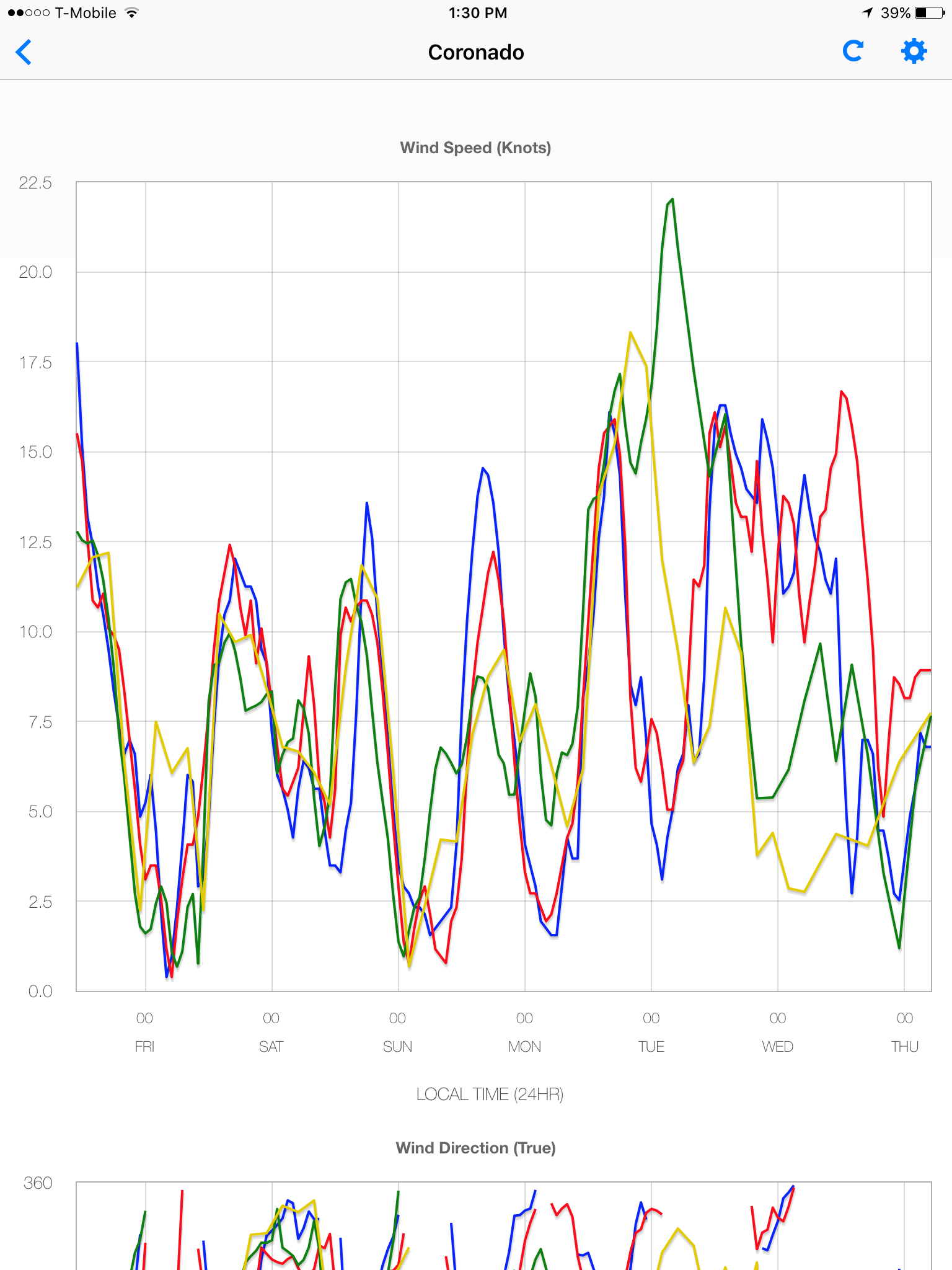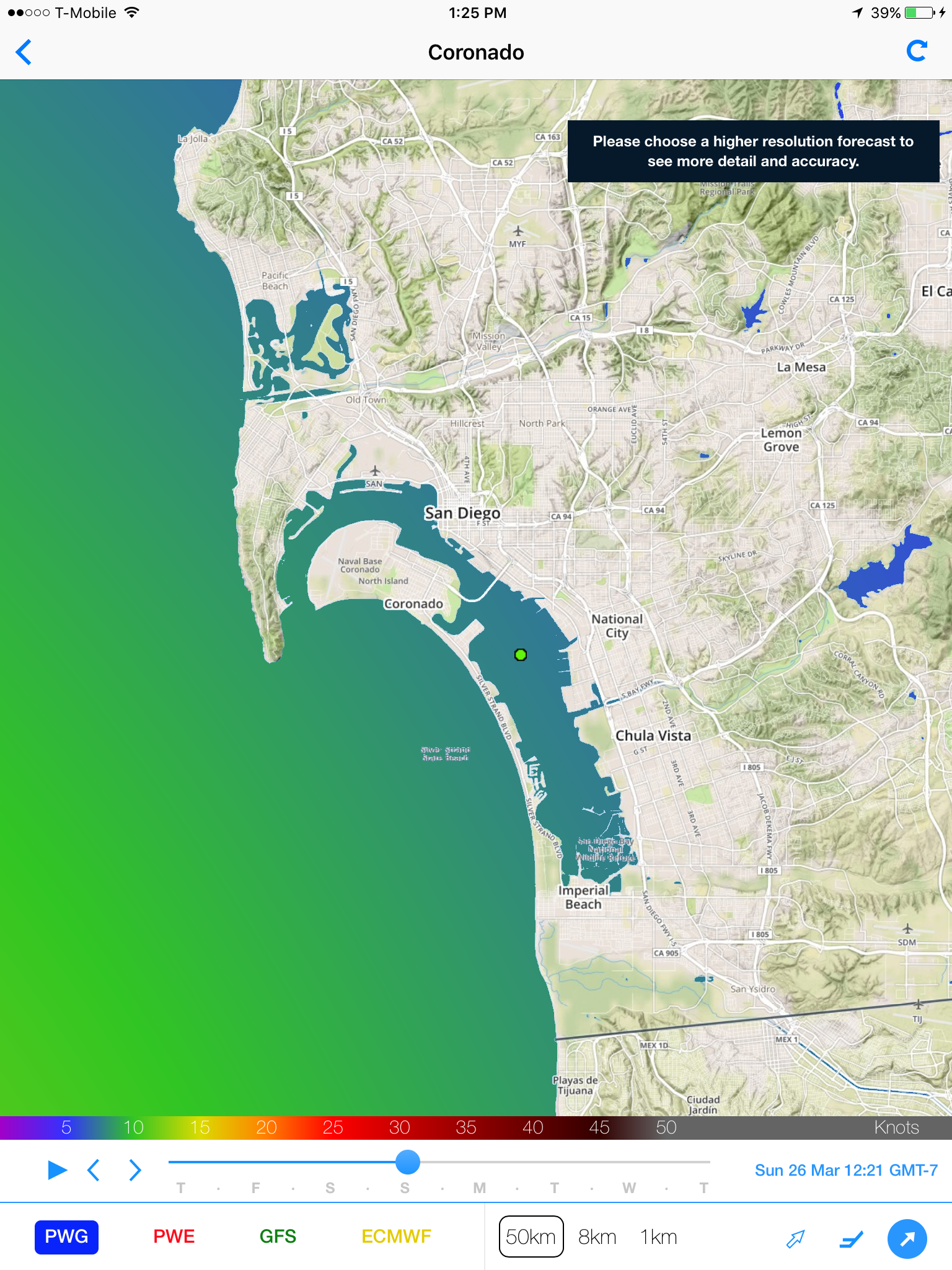FOR IMMEDIATE RELEASE
American Coach's Regatta Showcases Growing Depth in U.S. 49er Fleet
[Miami, FL] — December 7, 2024
Entering the US Sailing Center on day three of the 2024 American Coach's Regatta sponsored by 49er.ca and Racing Alpha, the competitive spirit and motivation of the North American 49er fleet is evident from the moment you set foot in the boat park. Nevin Snow arrives on bicycle from a morning bike race to the end of Key Biscayne, mind focused on the goals of the day. Grant Janov swaps his gym bag for sailing gear after his daily 6am lift. By 8:30am, dollies sit empty by the launch ramp; the fleet is already out, putting in training reps before a 10am first warning. While the fleet here is small, the aspirations of all eight athletes competing are huge, and following in the footsteps of 2024 Bronze medalists, Ian Barrows and Hans Henken, the fleet has a sense of how much hard work it will take to realize those goals in 2028.
Sunday wrapped up a weekend of grass roots racing in Miami, featuring four talented teams, including three from the United States and one from Puerto Rico. The event highlighted the motivation of the North American skiff fleet to build on the momentum of the 2024 US Bronze medal in the 49er class as the fleet prepares for a home Olympic Games.
Returning skiff class veterans, Nevin Snow and Ian MacDiarmid claimed victory in the 11 race series, but their win came through grit and determination in challenging conditions. The regatta featured intense battles and moments of brilliance from every team, with all four crews leading races at different times. Snow and MacDiarmid’s ability to recover from challenging situations and adapt under pressure proved key to their success.
“This is the first step on our path together as a team, and it was exciting to see things falling into place so quickly,” Snow shared, reflecting on his recent pairing with Ian MacDiarmid, who along with his previous helmsman, Andrew Mollerus was ranked in the top 5 teams worldwide for much of the last four years. “While the fleet was small this weekend, the intensity was high. Everyone put some money into a prize purse to raise the stakes a little bit, and the environment was a perfect opportunity to push our limits as a team in a scrimmage setting before heading to Europe for the competition season.”
Nevin and Ian represent an international standard of excellence that has set a stake in the ground for younger teams, and the generational handoff of knowledge is bearing fruits even in this early stage of the four year cycle, with the younger teams taking race wins and applying pressure throughout the event. At 18 years old, Jordan Janov had the best US finish ever at a Europe-based 49er Junior Worlds last summer, and with over 50 training hours per month logged on Racing Alpha since launching a full-time 49er campaign three months ago with brother, Grant Janov, their dedication is paying off as they continue to close the gap on the leaders.
“Nevin and Ian have been super helpful in ramping up our learning curve,” commented 18 year old, Jordan. “We don’t have the big fleet opportunities in our backyard that the Europeans have, but sailing against Nevin and Ian shows us where the bar is, and our goal is to make their lives a little bit harder every week!”
Highlighting the fun, but intense culture of competition, Jordan and Nevin have an ongoing side deal: “The ice cream bet is between Nevin and us; whoever wins the day, the looser has to buy them ice cream. Each day we’ve been tied going into the last race, and I’ve lost each day… but we’ve got one more left!”
The 2024 American Coach’s Regatta reflects the legacy of U.S. 49er sailing success, with Ian Barrows and Hans Henken’s bronze medal at the Paris 2024 Olympics and the McKee brothers’ bronze at the Sydney 2000 Games inspiring the current generation. Liam Walz and Abie Griggs were exposed to the 2024 effort for much of the last quad, training with the top teams in Miami, but this season they are reinvigorated, and the motivation shows. The teammates have been putting time in at the gym and on the water to prepare for their first international event in March. As the organizer of the event, Coach Willie McBride emphasized the importance of connecting training with real-world racing in small domestic regattas like this one. “This obviously isn’t a big international event, but we ran this event to give teams the opportunity to put their skills into practice,” McBride explained. “We spend so much time in the winters working on boat handling and speed, so it’s crucial to stay in touch with racing and remember how those skills apply on the course. This weekend was about benchmarking our skills in a racing environment and learning as a group. My goal as a coach is to get one of these on the calendar each month or so, and I expect that they will only get more competitive over the next year.”
Puerto Rico’s Andre Reguero and Andre Guaragna brought a dynamic international presence, leading around several mark roundings, and showing resilience despite a few setbacks with equipment malfunctions. The duo represents a growing interest from North American teams, that coach McBride hopes to cultivate as part of a long term vision. “With the level of commitment we’re seeing, the future of American 49er sailing is incredibly exciting,” McBride said. “These sailors are putting in the hours and creating a culture of excellence that will carry them forward on the international stage. The opportunity of 2028 is a strong motivator, but if we can leverage that to create a fun, healthy ecosystem of skiff racing in North America, it is just the start!”
The U.S. 49er teams now turn their focus to intensive training through December, January and February before the first major competitions of the 2028 quad kick off in March. This regatta served as a vital step in their journey, reinforcing the value of teamwork, adaptability, and a relentless pursuit of improvement.

















